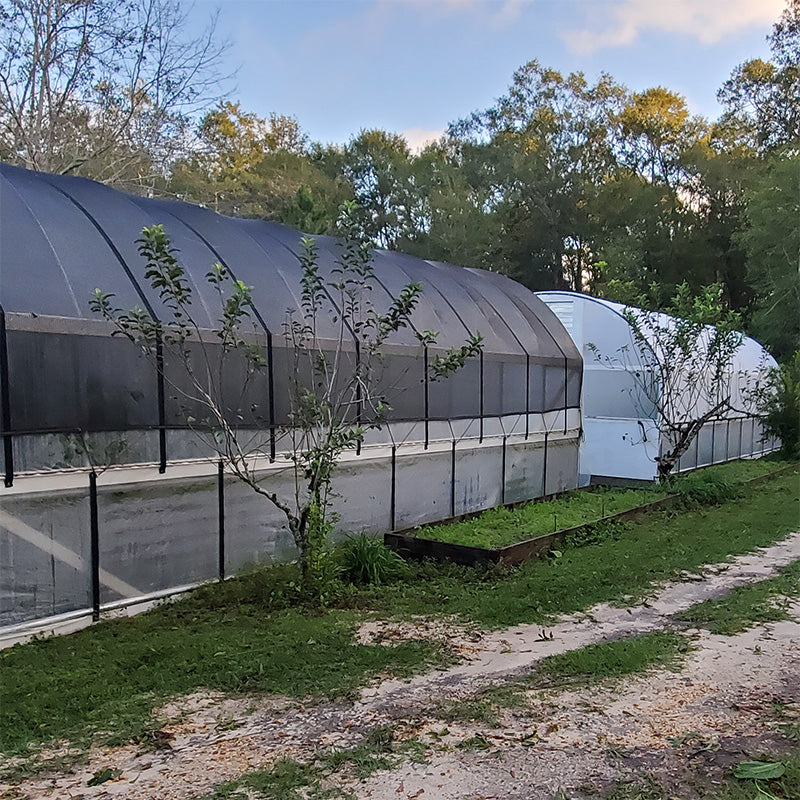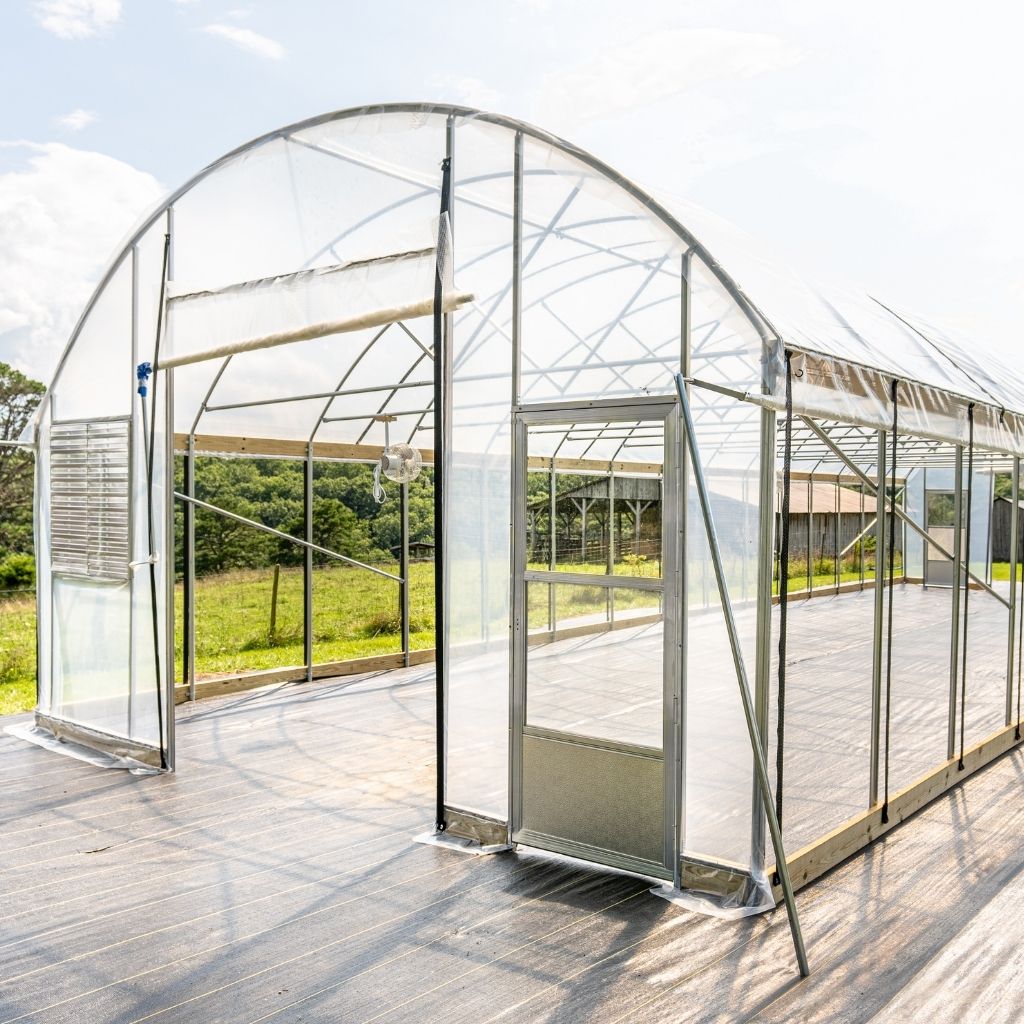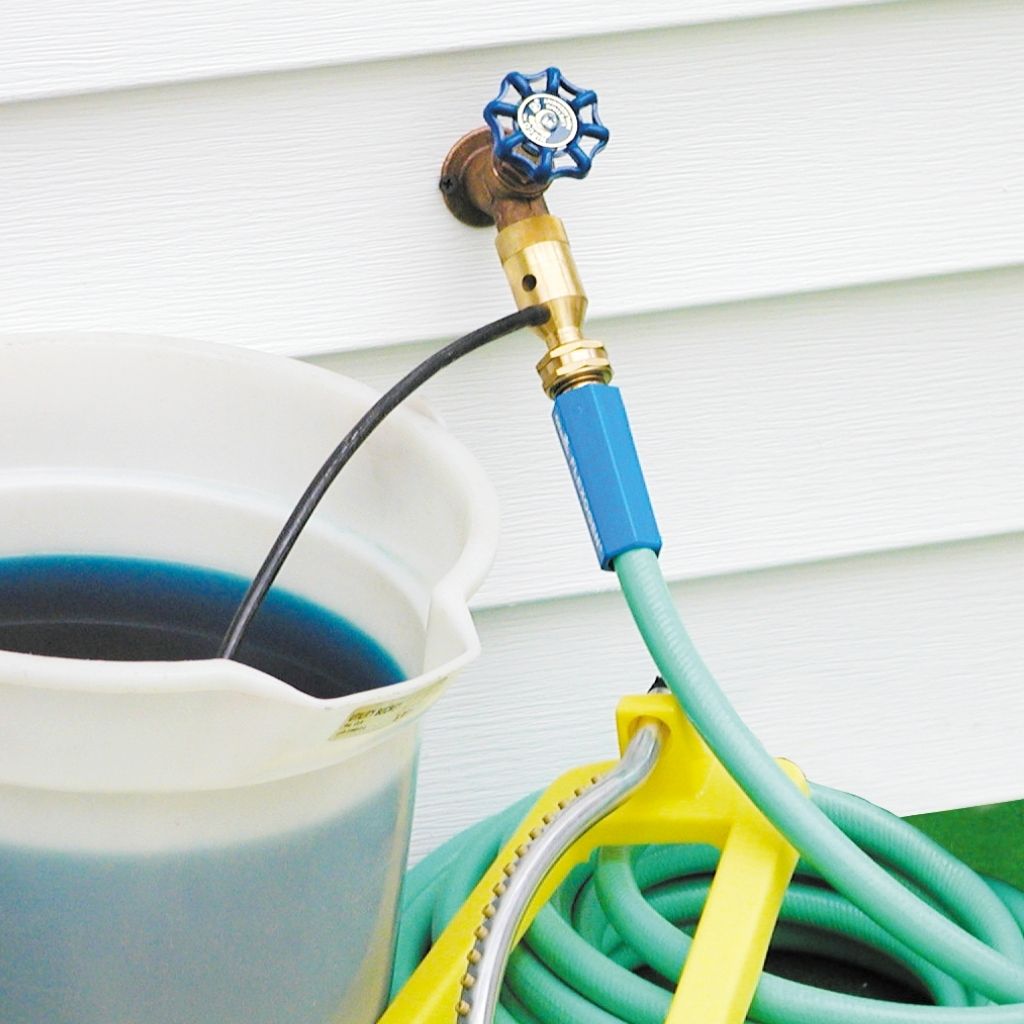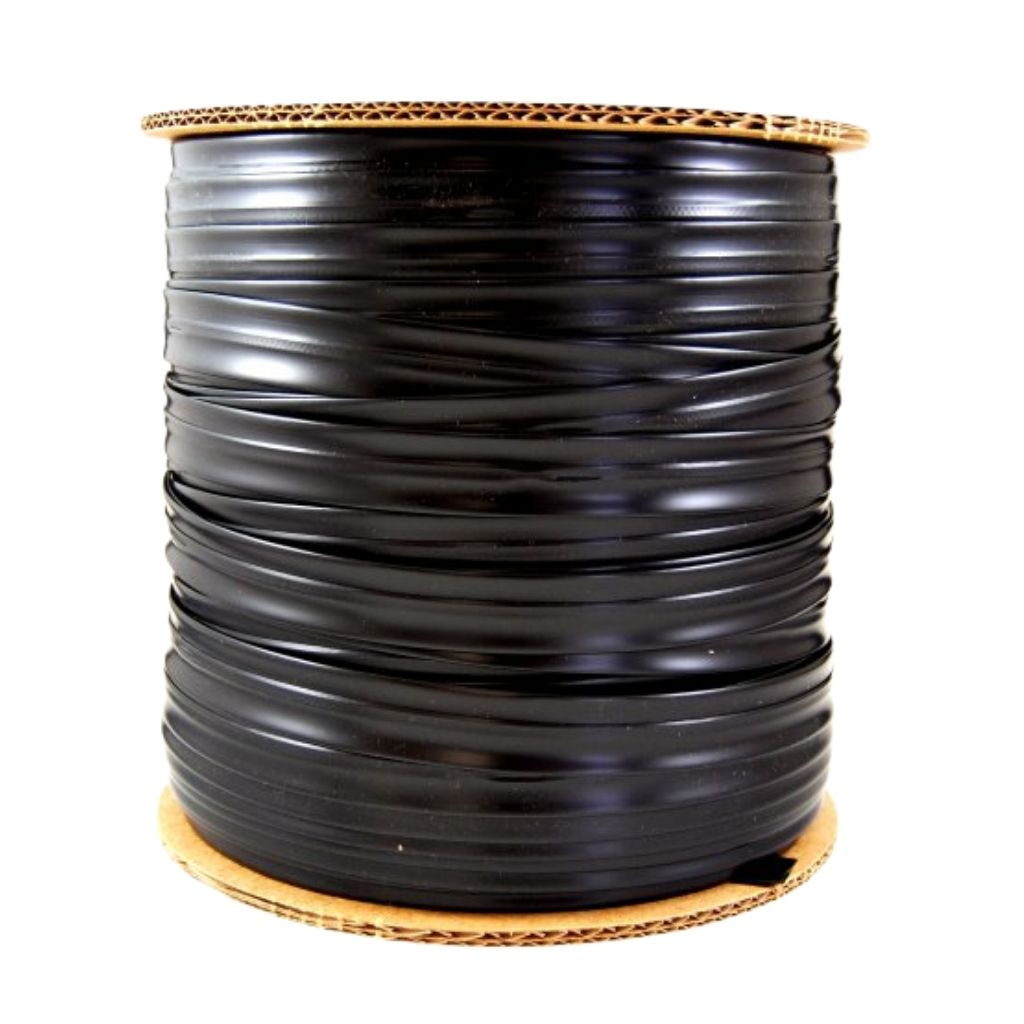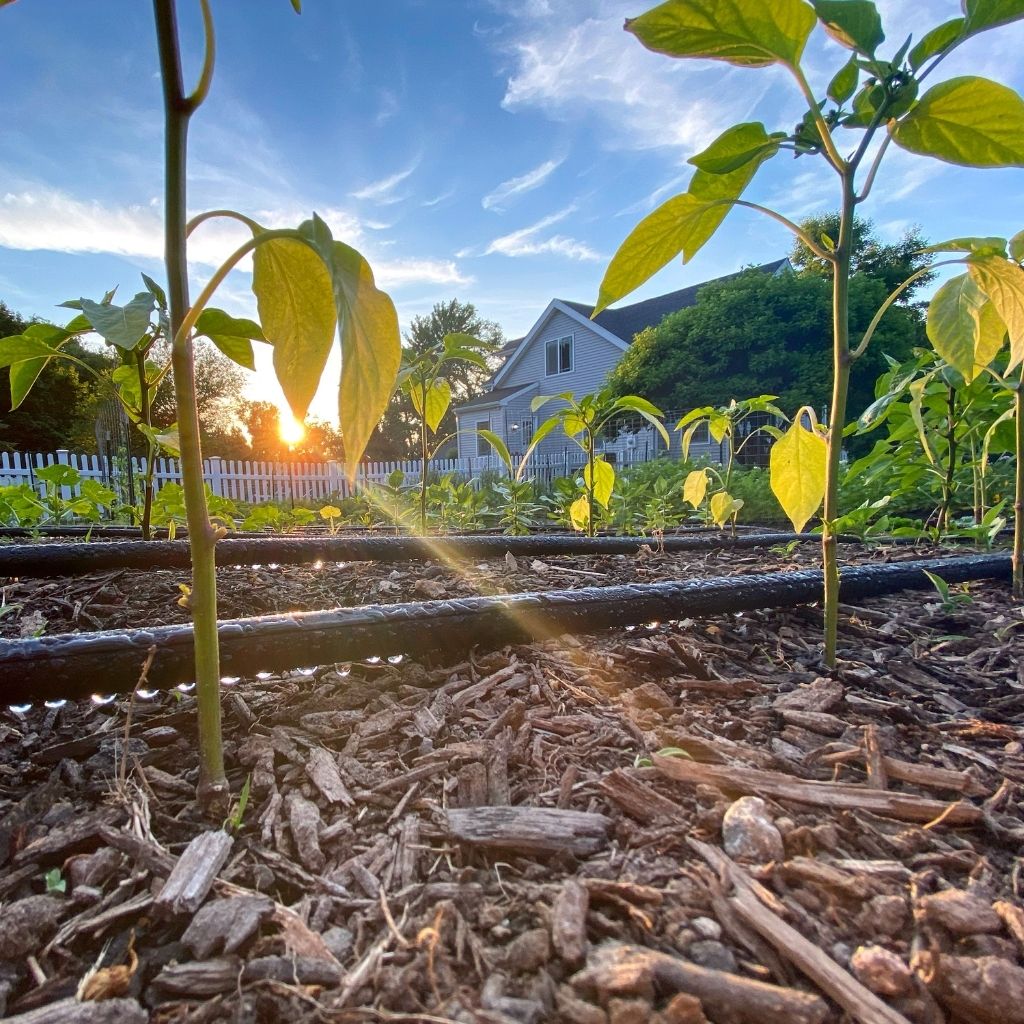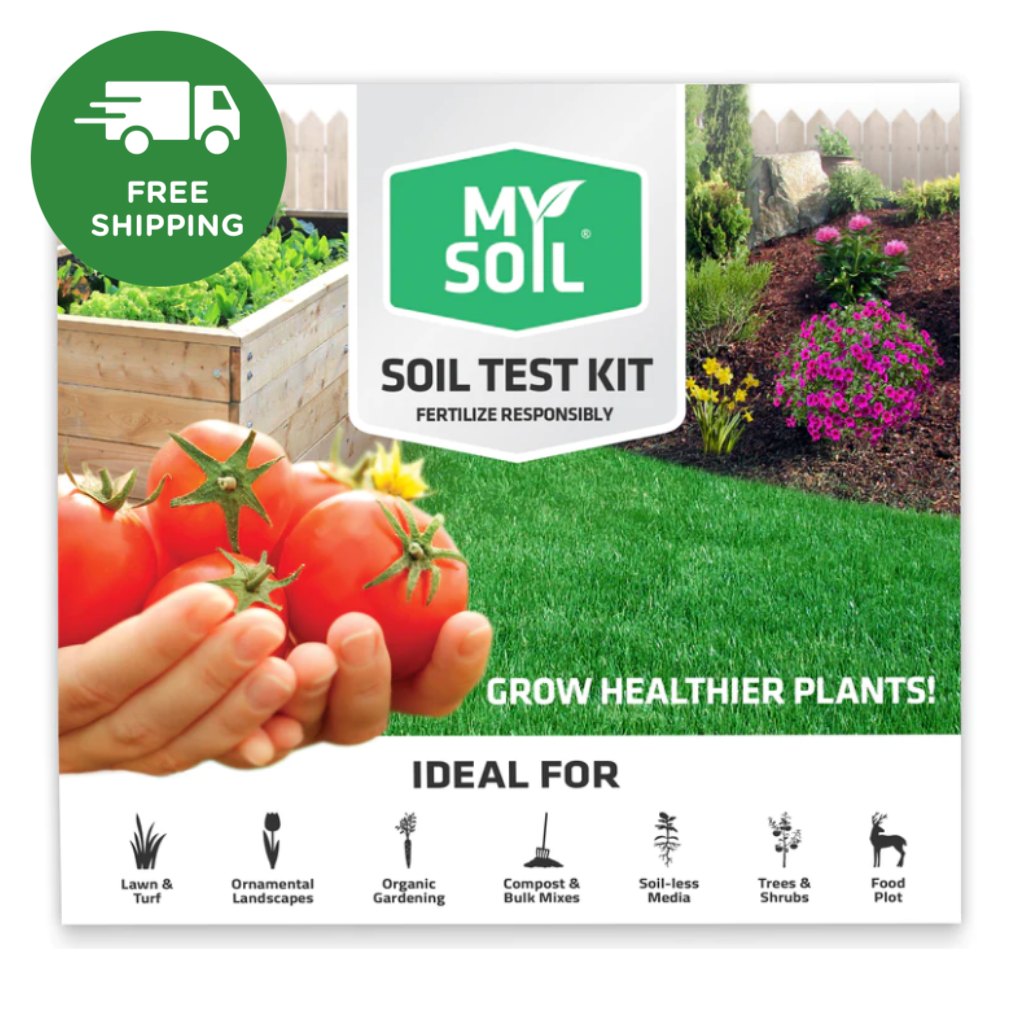Mycorrhizae and Bacterial connections with soil
Typically, people believe that plant roots eat up dirt and water from the time you bury the roots in the ground. What actually happens for healthy plants to grow, and gardeners to improve their production will require a symbiotic relationship between soil, bacteria, fungus, and the root hairs extending from the plant root. Myco means fungus, and rhizo is the term used for root. Mycorrhizae fungi are the interface between soil and plant roots. Bacteria associated with this symbiosis also forms a connection with the surrounding plants, searching, gathering, and feeding the fungus, and plant host. The fungi colonize the roots internally, and the soil externally. Internally, the fungus becomes the interface where nutrient exchange occurs between the fungus and plant by direct contact of the fungus with the root hairs, and root cells. Carbon energy, provided by the soil, is sent from the plant to the fungus, and soil nutrients from the fungus to the host plant. The fungus feed on sugars from the soil and plant, allowing energy to be used for nutrient processing. Fungal passageways deep inside the root begin supplying the plant with cell size particles of nutrients. Often people make myco-teas, or a molasses and honey water supplement thinking the plant uses it but in actuality, the plant uses that drink indirectly as a way to boost myco production of beneficial nutrients.
For example, there are three main types of mycorrhizae. For trees, ectomycorrhizae finds symbioses connection with pine, fir, spruce, oak, and eucalyptus. Ericoid mycorrhizae are found on blueberry, rhododendron, azalea, and cranberry, or other woody shrub plants. Endomycorrhizae or arbuscular mycorrhizae, which forms connections with most crop plants. It is fundamental to pair the right mycorrhizae with the correct host plant.
A large productive and intricate root system provides for a robust plant above the soil surface. A soil at the greatest risk of contamination from soil-borne fungal or nematode plant pathogens is dirt without mycorrhizae inoculation, low nutrient content, and unbalanced pH. In these types of soil, plants struggle to establish roots, uptake available nutrients from stretching roots searching the soil for specifically water, and microelements. Loss of plant productivity can be attributed too poor soil healthy, and specifically for this article fungal contamination not related to the beneficial fungus, mycorrhizae. Unusual, and deadly fungus can be suppressed by beneficial mycorrhizae. Inoculation from the very beginning of the growth cycle, or from when the seed sprouts the taproot, increases the productivity and efficiency during the whole life cycle of the plant.





